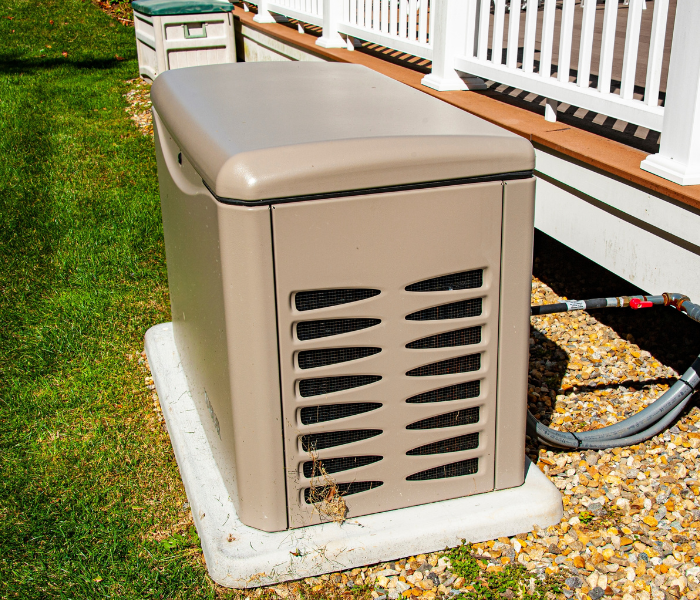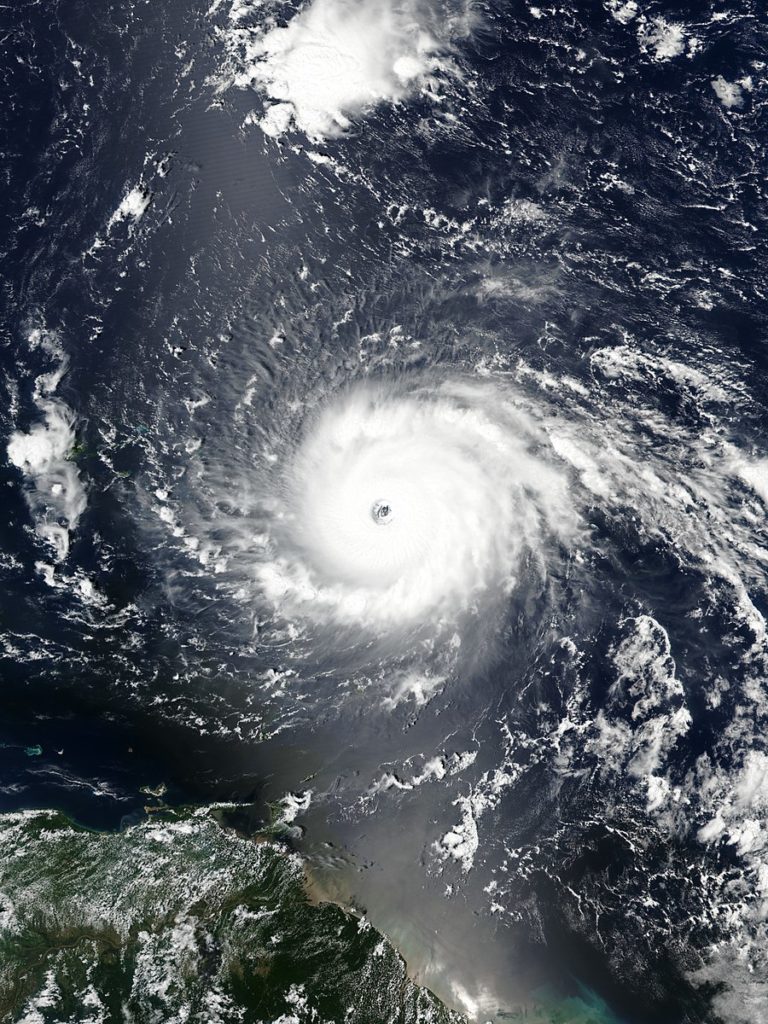
The storm’s large wind field resulted in strong winds across much of Florida, except for the western Panhandle. The highest reported sustained wind speed was 112 mph (180 km/h) on Marco Island, while the strongest observed wind gust was 142 mph (229 km/h), recorded near Naples,[168] though wind gusts of 150 to 160 mph (240 to 260 km/h) likely occurred in the Middle Florida Keys.[169] More than 7.7 million homes and businesses in Florida were left without electricity at some point – approximately 73% of state.[170][171] Generally heavy amounts of rainfall were recorded to the east of the Irma’s path, including a peak total of 21.66 in (550 mm) in Fort Pierce.[172] Heavy precipitation – and storm surge, in some instances – overflowed at least 32 rivers and creeks, causing significant flooding, particularly along the St. Johns River and its tributaries.[47] Many homes and businesses suffered damage or destruction, with more than 65,000 structures damaged to some degree in West Central and Southwest Florida alone.[50] Agriculture experienced about $2.5 billion in damage.[47] It was estimated that the cyclone caused at least $50 billion in damage, making Irma the costliest hurricane in Florida history, surpassing Hurricane Andrew.[173]
Hurricane Irma, a powerful Category 4 storm, made landfall in the Caribbean and later struck the southeastern United States in September 2017, causing widespread devastation and significant impacts on numerous islands and coastal regions, including Florida.
Highest wind speed: 180 mph
Total fatalities: 134
Category: Category 4 Hurricane (SSHWS)
Date: August 30, 2017 – September 14, 2017
Damage: $77.6 billion
Affected areas: Eastern United States (especially Florida) and more…

Copyright © 2025 Generator Supercenter of Southwest Florida